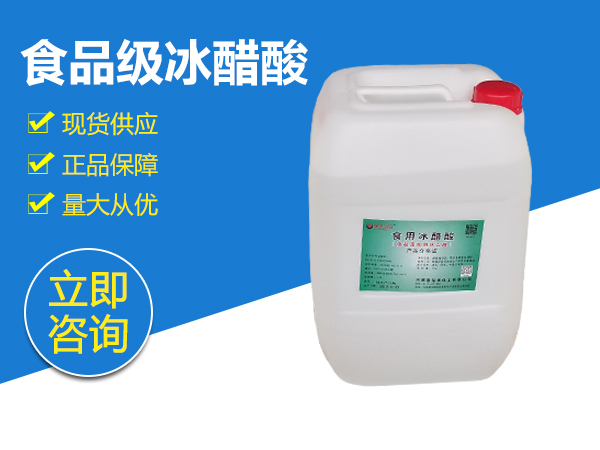

The Price Dynamics of 10mm Tempered Glass
Tempered glass, known for its strength and safety features, has gained significant popularity across various industries, from construction to automotive. Among the various specifications, 10mm tempered glass has become a common choice due to its ideal thickness that balances durability with weight. Understanding the price dynamics of 10mm tempered glass is essential for both consumers and businesses to make informed purchasing decisions.
What is 10mm Tempered Glass?
10mm tempered glass refers to glass that has been heat-treated to increase its strength and resistance to thermal stress. The process of tempering involves heating the glass to a high temperature and then rapidly cooling it. This process not only increases the glass's strength but also ensures that if it breaks, it shatters into small, blunt pieces, minimizing the risk of injury. The thickness of 10mm contributes to its overall structural integrity, making it suitable for a variety of applications, including shower doors, partitions, storefronts, and even as a protective barrier in high-traffic areas.
Factors Influencing the Price
The price of 10mm tempered glass can vary significantly based on several factors
1. Quality and Standards The quality of the glass plays a crucial role in pricing. Higher-quality tempered glass that meets specific industry standards, such as ANSI Z97.1 or BS 6206, typically commands a higher price. Consumers need to consider whether the glass meets necessary regulations for their intended use.

2. Thickness and Size While 10mm is a popular thickness, the size of the glass panels also affects the price. Larger panels require more raw materials, which can drive up costs. Additionally, custom sizes may involve extra charges for cutting and finishing.
3. Manufacturing Process The complexity of the manufacturing process can influence pricing. Advanced manufacturing technologies that enhance the quality and performance of tempered glass may result in higher prices. Businesses may need to weigh the benefits of investing in higher-cost glass against the long-term advantages it may offer in durability and safety.
4. Market Demand Supply and demand dynamics can significantly impact prices. In periods of high demand, such as during construction booms, prices may increase. Conversely, during economic downturns or when new suppliers enter the market, prices may stabilize or decrease.
5. Geographical Variations The location of purchase also plays a role in pricing. In urban areas where demand is higher, prices may be inflated compared to rural areas. Additionally, transportation costs can impact prices if the glass needs to be shipped over long distances.
6. Added Features Additional features such as coatings for UV protection, decorative finishes, or specialized edge treatments can also add to the cost of 10mm tempered glass. Consumers should assess whether these features are necessary for their applications to avoid paying for unnecessary extras.
Conclusion
The market for 10mm tempered glass is influenced by a multitude of factors that ultimately dictate its price. For consumers and businesses, understanding these dynamics is essential for making informed purchasing decisions. While upfront costs are an important consideration, it is equally crucial to factor in long-term durability, safety, and compliance with standards. Whether used in commercial or residential applications, investing in high-quality 10mm tempered glass can provide significant benefits in terms of performance, safety, and value over time. As trends in construction and design continue to evolve, so too will the market dynamics for glass products, making it vital to stay informed and adapt accordingly.